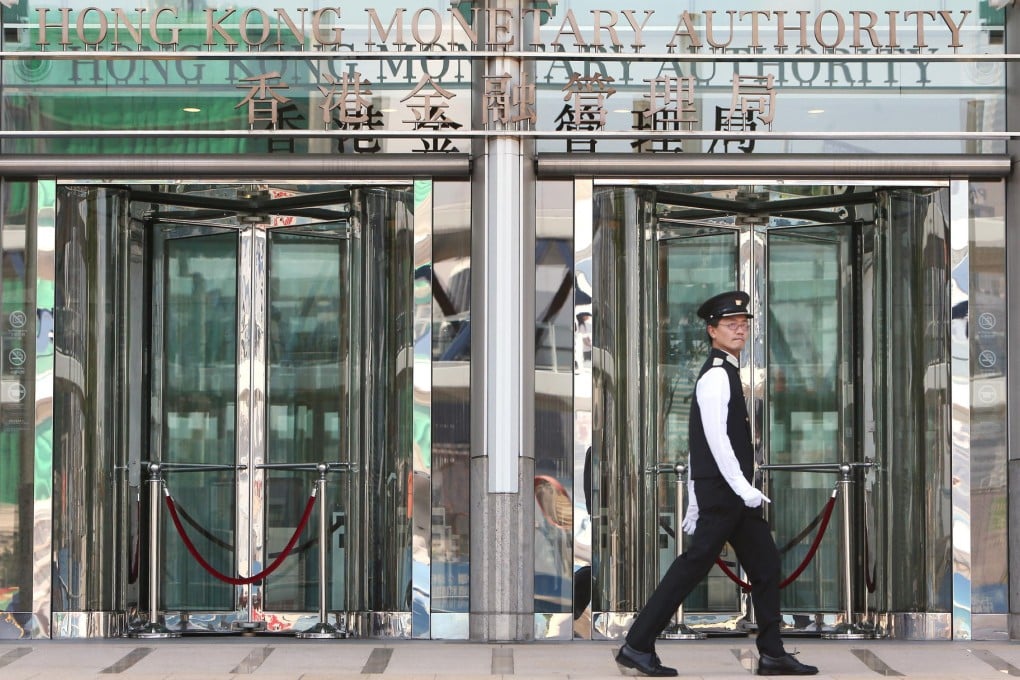Yuan liquidity crisis shows Hong Kong's soft spot as offshore hub
Cash squeeze raises doubts over liquidity mechanism and highlights Hong Kong's soft spot as offshore hub for mainland currency

Last week's yuan liquidity crunch has shone light on the cracks in the Hong Kong Monetary Authority's mechanism for maintaining yuan liquidity.
The city's quasi central bank and industry players tasked with safeguarding liquidity in the system botched up when interbank liquidity seized up to a level when the seven-day offshore yuan Hong Kong interbank offered rate shot up to 10.95 per cent.
After a week of drama, the rate has since returned to 3.93 per cent as of Friday.
The onshore-offshore markets are still two markets with completely different dynamics
It was 10 months ago, the HKMA appointed seven banks as primary liquidity providers (PLPs) for the yuan with great fanfare. The idea was to ensure a deep pool of liquidity along with a protection mechanism to help Hong Kong market itself as the yuan hub of choice against the likes of Singapore, London and Taipei, before others with yuan ambitions, from Johannesburg to Zurich, move in.
"The launch of the PLP initiative was an important step for enhancing the infrastructure for the offshore [yuan] market in Hong Kong," HKMA chief executive Norman Chan Tak-lam said at the time. "The PLPs will help make the [yuan] products in Hong Kong more liquid and make more use of Hong Kong to support their [yuan] business worldwide.
"This will reinforce the status of Hong Kong as the global hub for offshore [yuan] business."
The latest crisis has made it clear the primary liquidity providers mechanism has failed. It has shown they are not obliged to serve the way they were thought to.
Even if they do, the HKMA's provision for yuan liquidity - either through its open market facility or the providers - at 24 billion yuan (HK$29 billion) is obviously inadequate for a city that sees one trillion yuan of settlement on an average day.
